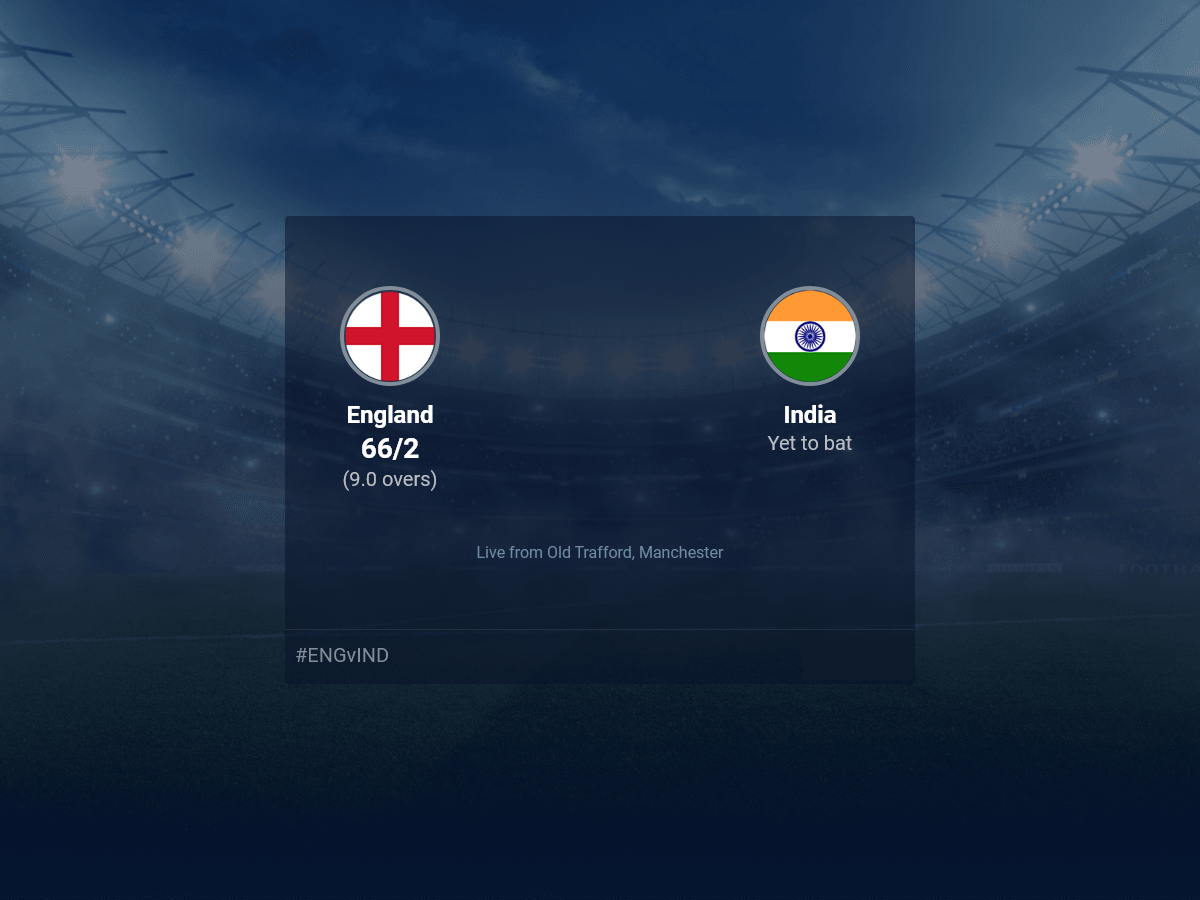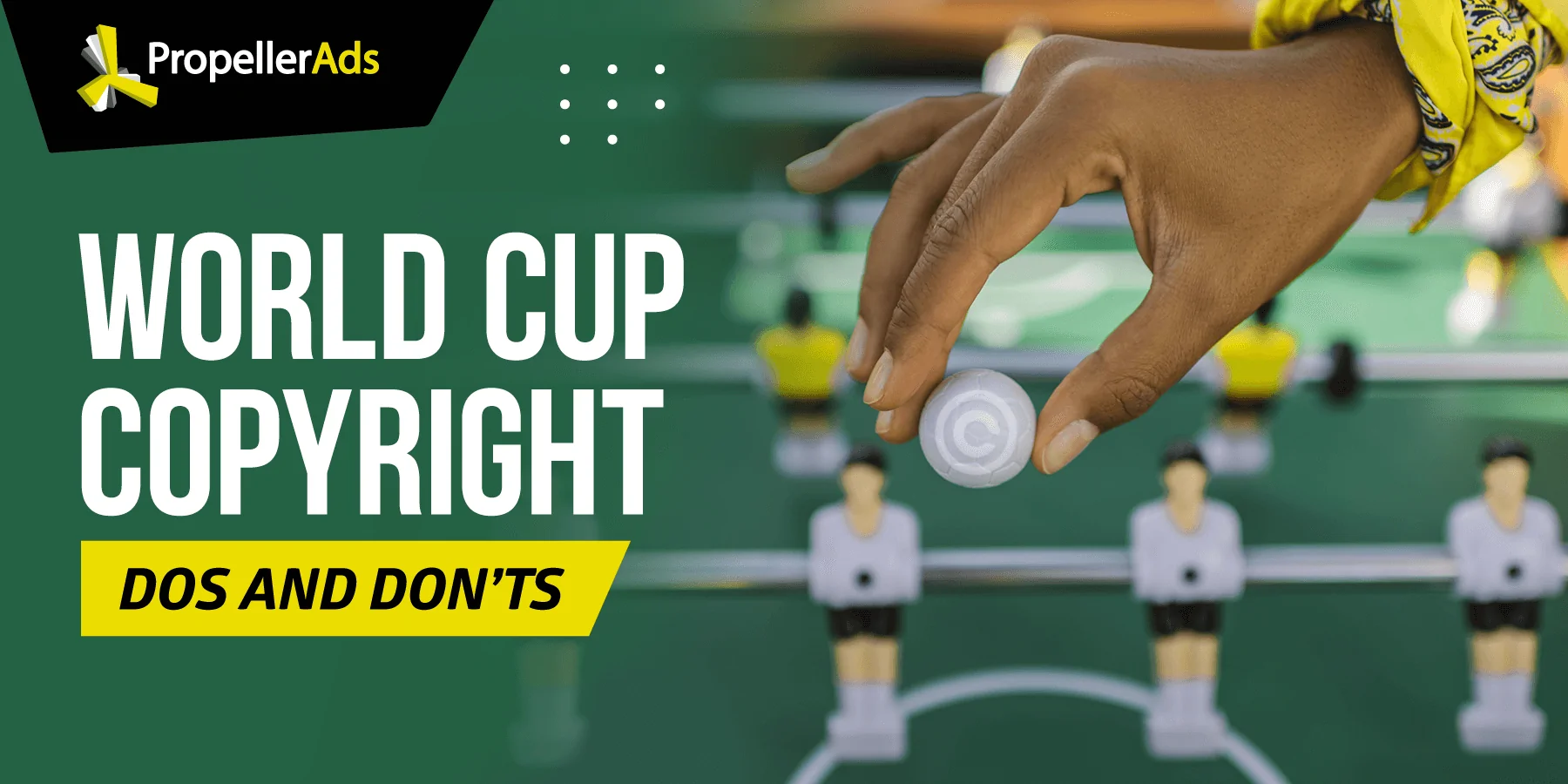Man, I got myself into a mess last year, or maybe it was the year before. Time flies, right? I was helping my buddy launch this small online sports merchandise shop—just t-shirts and mugs, nothing fancy. We needed some killer visuals for the landing page. We thought, what’s cooler than that iconic shot of the whole 2022 team celebrating after the final whistle? Everybody knows it. It’s pure history and nostalgia gold.

I literally right-clicked and saved it. Took me about two seconds. It was a high-resolution beauty. I slapped it right onto the mock-up website header and footer. We were feeling great, ready to deploy. We were talking about which payment processor to use when the whole thing came crashing down.
A few days later, my buddy gets a seriously panicked call from his cousin, who’s some junior paralegal working for a media company. He wasn’t even calling about our specific project; he just heard we were starting a sports site and asked if we were using any photos. When we showed him that World Cup photo, the dude totally freaked out. He sounded like he had seen a ghost.
The Wake-Up Call: Who Actually Owns the Photo?
He told us straight up: “You are playing with fire. That photo is not just old history; it’s a fiercely protected, commercial asset.” I always thought if something was famous enough, especially if it was shown on TV everywhere, it became kind of free to use, like an old meme or something. I couldn’t have been more wrong. That night, I dove headfirst into the rabbit hole of sports photography copyright. My first goal was simple: find out if this specific photo was in the public domain because it was ‘news’.
The cousin’s warning felt excessive, but I started researching anyway. The deeper I dug, the more I realized how close we were to getting absolutely slammed by a massive legal firm. These guys don’t send warnings; they send bills.
Here’s the process I went through to figure out why this famous picture was so dangerous to use:

- Step 1: Identified the True Source. I tracked the image back. It wasn’t some random fan shot. I quickly realized it was taken by one of the biggest photo agencies in the world, probably Getty Images or AP, and they were working under direct contract with FIFA. This meant the usage rights were layered. The photo agency owns the copyright to the physical photograph, but FIFA owns the trademark and likeness rights to the event, the kits, and the official logos shown in the picture.
- Step 2: Checked the Public Domain Timeline. I researched how long photography copyright lasts in the countries where we were selling. Most modern commercial photography is protected for 70 to 95 years after creation or publication. Since the World Cup is a modern event, that timeline wasn’t even close to expiring. We’d have to wait until the 22nd century for that photo to be free.
- Step 3: Looked for Licensing Information. I tried to find a simple commercial license for that specific iconic shot. I used their professional search portals just to see the cost. The quotes were absolutely insane. We were talking thousands of dollars for a small banner, even for just a limited time. Way outside our tiny budget.
- Step 4: Studied FIFA’s Grip. This was the biggest shocker. FIFA doesn’t just protect the photos; they aggressively protect the event marks, the logos, the trophy image, and even the stadium shots. Using that famous photo wasn’t just infringing on the photographer’s copyright; it was potentially infringing on FIFA’s trademark on the event itself, especially when used for commercial gain (selling shirts and mugs).
The Simple Rule I Learned (The Hard Way)
I realized that the concept of “fair use” doesn’t mean “free use” for your business. Fair use usually applies to things like commentary, education, news reporting, or parody. We were trying to sell merchandise and use the image to drive sales. That’s purely commercial use, and commercial use requires express permission and payment, period. We needed a complete system overhaul.
I spent three whole days just reading nightmare stories on forums about small businesses that got cease and desist letters from major sports leagues and photo agencies. It was terrifying. I saw stories about people who used images editorially (like in a simple blog post) and still got flagged because the image agency was super aggressive about protecting their assets.
The Practical Takeaway: How We Made It Safe
We scrapped the iconic photo immediately. We decided that the risk was absolutely not worth the reward, especially since we had zero legal defense fund. So, what did we do instead? We had to get creative. This is the simple, safe strategy that saved our skin and can save yours:
- We Commissioned Our Own Art: We found an illustrator and paid them to create high-quality, fully owned illustrations of generic football players celebrating. We made sure they wore generic kits with no brand logos, and we avoided rendering any famous player likenesses. It looked unique, and we owned the entire copyright to the image itself.
- We Focused on Public Domain Photography: I started searching for photos from events predating 1928, or historical team photos where copyright had genuinely expired. These are tough to find for modern World Cup action, but great for generalized ‘football history’ content where the copyright is verifiable.
- We Only Used Licensed Stock Photography for Generic Shots: If we needed a simple shot of a stadium crowd or a blurred football background, we only used fully paid-for, royalty-free stock images from services like Shutterstock or Adobe Stock. Even then, we double-checked the usage rights to ensure they covered merchandise.
Honestly, this whole experience was a massive, stressful headache. But it taught me a huge lesson: when a corporate giant like FIFA or the IOC is involved, you treat every single image, logo, and likeness like it’s highly toxic and radioactive. If you cannot pay for the commercial license, or if you cannot prove definitively that it’s in the public domain, you absolutely do not touch it. I went from just grabbing images to meticulously documenting the source and license for every single asset we own now. It slows you down, sure, but it stops the lawyers from knocking on your door. Trust me, learning this the hard way is not a fun way to run a business.
